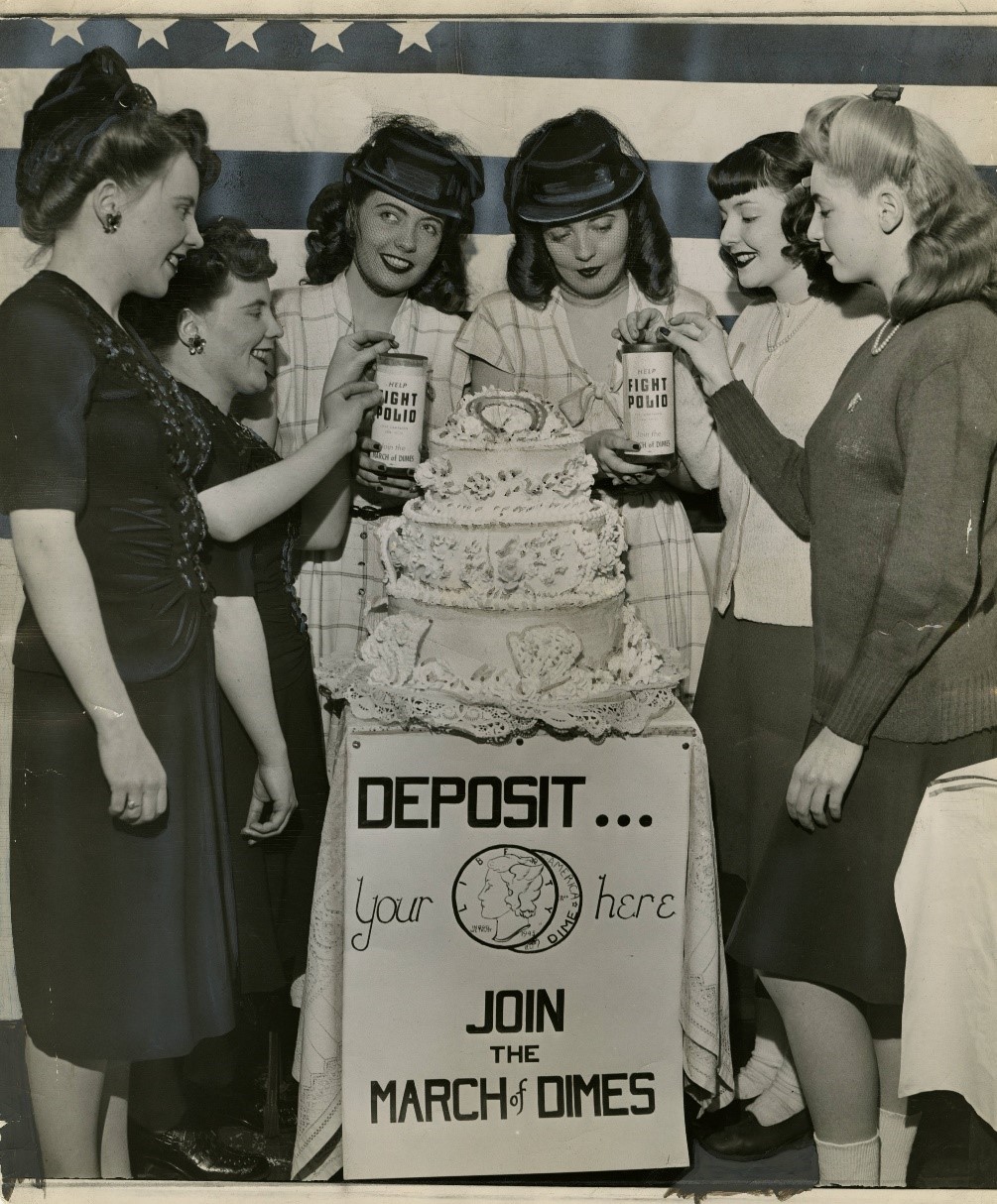Students looking at the course catalog of DePaul University’s College of Commerce for the 1918-19 academic year would have seen a brand new program appended to the end. The new program listing described the classes in the Shorthand School. Though DePaul’s College of Commerce opened classes in January 1913, this was the first time it offered classes geared specifically towards secretarial and clerical work. According to the catalog, the Shorthand School was conducted for the benefit of those who desire to prepare for high grade clerical positions in the shortest time possible. While the College of Commerce had a goal of preparing students for executive business positions, the Shorthand School would focus on students who needed a practical, skill-oriented education that would allow them to acquire a job quickly. Despite its small start, the shorthand program would eventually become the Secretarial College, one of DePaul’s most popular programs over the next four decades.
In its first year, the Shorthand School offered classes in two tracks: stenography and secretarial science. The stenography course consisted of five classes: shorthand, typewriting, commercial English, spelling and office training. Office training gave students training in “general office routine,” including skills such as, “advanced work in the attractive arrangement of letters and business papers,” “a study of business instruments—checks, drafts, contracts and receipts,” “the use of various office appliances,” and “deportment and business ethics.” These skills, the catalog states, will give DePaul graduates the same footing as well-experienced secretaries and stenographers, no matter how new to the profession they may actually be.
Over the next few decades, the Shorthand School went through many academic changes. Its name changed to the Secretarial College in 1928, and to the Secretarial Department in the late 1930s. As the program became more popular, the classes available both increased in number and encompassed additional skills. The course catalog for the 1928-29 school year includes classes in business correspondence, public speaking, salesmanship and the “psychology of business procedure.”
Along with increases courses, there also was a drastic change in how the program marketed itself toward potential students. While earlier catalogs were marketed toward both men and women, with a slight preference towards men entering the business world, by 1928 the foreword for the Secretarial College course catalog focused entirely on women’s role in the secretarial profession. The foreword opens with, “A few years ago business constituted a field restricted to men. Today, women’s services are in demand in every business institution; it is now a mark of distinction and honor among women to be able to successfully solve business problems.”
Though this focus on female students may seem strange given that men were always enrolled in the program, it highlights the role DePaul has played in promoting both women’s education and their place in the working world.
 Secretarial students and alumni hold a benefit to fight polio on Jan. 26, 1945. (DePaul University/Special Collections and Archives)
Secretarial students and alumni hold a benefit to fight polio on Jan. 26, 1945. (DePaul University/Special Collections and Archives)
Though many aspects of DePaul’s secretarial program changed over the years, the involvement and school spirit of the program’s students was not one of them. From the school’s inception, they were involved with “Minerval,” the precursor to the yearbook, both in submitting content and, as they bragged in the December 1919 issue, in subscribing to it:
“Our class stands one hundred percent in subscribing for the MINERVAL. We boast of it, because we’re proud of it!”
On Dec. 28, 1928, the Secretarial College held its first ever dance, the “Stenogs’ Hop.” This led to a regular series of dances, mixers and other events sponsored by the school, including an Annual Charity Ball that would run for almost 30 years.
The 1928 yearbook noted, “Cooperation in all school activities is the keynote of the Secretarial department. The students in the shorthand school are vitally interested in the social, scholastic and athletic events of the University and the events are heartily supported by our embryonic secretaries and ‘stenos.’”
Despite the program’s popularity and its large presence on campus, the secretarial program eventually came to a natural end. In 1952, the program was absorbed fully into the College of Commerce. Rather than receiving only a diploma or a certificate in stenography and secretarial science, students would receive a Bachelor’s degree in either business education or commerce, with their majors focusing in the areas of stenography or secretarial science.
By the late 1950s, the freestanding Secretarial Department was gone. Now, of course, many of the skills that would have been taught in the Shorthand School’s original form are either obsolete or simply a part of general education. However, the legacy of DePaul’s secretarial program is still important: at a time when women in the business workforce was still a new and controversial idea, DePaul provided a place where women could receive a thorough business and skills-based education that enabled them to enter the workforce quickly.
There is also little doubt that the program, with its establishment only months before the end of World War I, was a great opportunity for soldiers returning home who wanted to enter the business world but needed a job as soon as possible. The tradition established in the secretarial school back in 1918 still lives on in the Driehaus College of Business today – a tradition of giving students a thorough education in order to prepare them for their contribution to the business world.